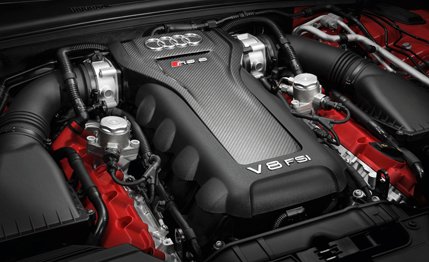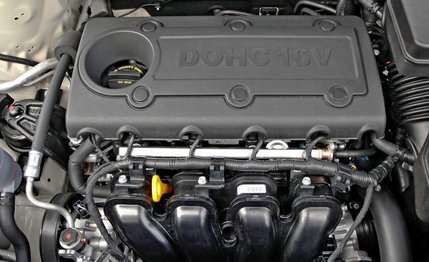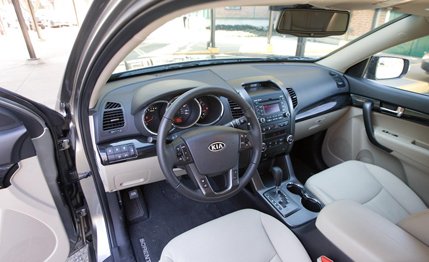 Instrumented Test
Instrumented Test
Having just completed a blowout comparison test of eight small SUVs [“The (Just) O.K. Corral,” February 2010], we expected (somewhat gratefully) not to be harried by this less-than-thrilling class of soft-roaders for at least a year, maybe two. However, like the 2010 Hyundai Tucson, the new Kia Sorento—seen here in $25,390 EX trim—had been unavailable for our rodeo, so we bring it to you now, in all its, er, glory.
With a new, muscular exterior and clean interior layout, the 183.9-inch 2011 Kia is longer than its predecessor by 3.2 inches, while the 106.3-inch wheelbase shrank just 0.4 inch. This is because the new vehicle is not an evolution of the old body-on-frame design; rather, it is based on a unibody chassis shared with the Hyundai Santa Fe. Kia introduced its full-size body-on-frame Borrego for 2009 to serve as the brand’s off-road and towing champ, thereby justifying the switch.

This Sorento, a front-wheel-drive EX powered by a 175-hp, 2.4-liter four-banger (the previous SUV was V-6 only), hustles its 3695-pound mass from 0 to 60 mph in 9.0 seconds, putting it 0.3 second behind the popular 180-hp Honda CR-V (the slowest in that February comparo). It doesn’t feel that slow around town because its six-speed automatic manages revs with multigear kickdowns aplenty.
The previous-generation Sorento’s body-on-frame chassis could tow up to 5000 pounds, so the firm ride was expected. But this new unibody chassis’s overly chunky comportment would make you think the two-piece construction is still in place. Towing up to 3500 pounds requires the optional, 276-hp 3.5-liter V-6 ($2600 extra on EX models). Four-cylinder versions can tow just 1650 pounds.
What’s most jarring about the ride is how out of sync it is with the rest of the Sorento’s dynamic behavior. It tracks well on the highway, the steering has an excellent on-center feel, and the brake pedal has a nice weight. Sure, 0.79 g on the skidpad ranks with the best in class, but the Sorento would better serve its buyers with a more pothole-friendly ride than class-leading lateral grip.

Like the comparo-winning Toyota RAV4, this Kia can accommodate up to seven passengers (a feature seldom found in this class), owing to its optional third-row seating. The bench is standard on V-6 versions but costs $700 on four-cylinder models (and was absent from our preproduction test car). One editor hypothesized that adding a third-row seat compromises the second row’s space allocation even though, overall, the Kia has a class-leading 50 cubic feet of space for those planted in row two. But it still feels tight, probably because its legroom lags compared with that of the big sellers in the class.
The RAV4 won’t be unseated by this Kia, but the Sorento offers good looks at a low price point. And Kia’s 10-year/100,000-mile warranty still rules.